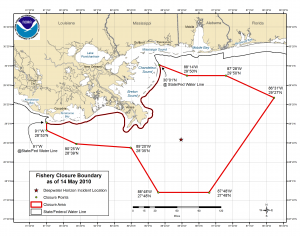A recent op-ed by Chris Conklin in The Sun News of Myrtle Beach, South Carolina, voiced frustration over the cascading closures now hitting the Southeast. Conklin comes from a fishing family and wonders if he’ll be able to stay in the fishing industry unless catch shares are instituted. The South Atlantic Fishery Management Council is considering a number of options – including catch shares – to reduce fishing closures and get fishermen back on the water.
Conklin points to the success of the red snapper catch share in the Gulf of Mexico. Not too long ago, Gulf red snapper fishermen were in a similar situation to fishermen in the Southeast. Now, they are now enjoying the third successful year of a catch share. They have a year-round season and dockside prices are higher. These fishermen will likely receive more fish this year because fish population rebuilding is going so well.
Even as Gulf commercial fishermen deal with the worsening oil spill, the flexibility they have to fish throughout the year lets them plan their businesses in the face of natural or man-made problems better than those not under a catch share.
Never miss a post! Subscribe to EDFish via a email or a feed reader.











